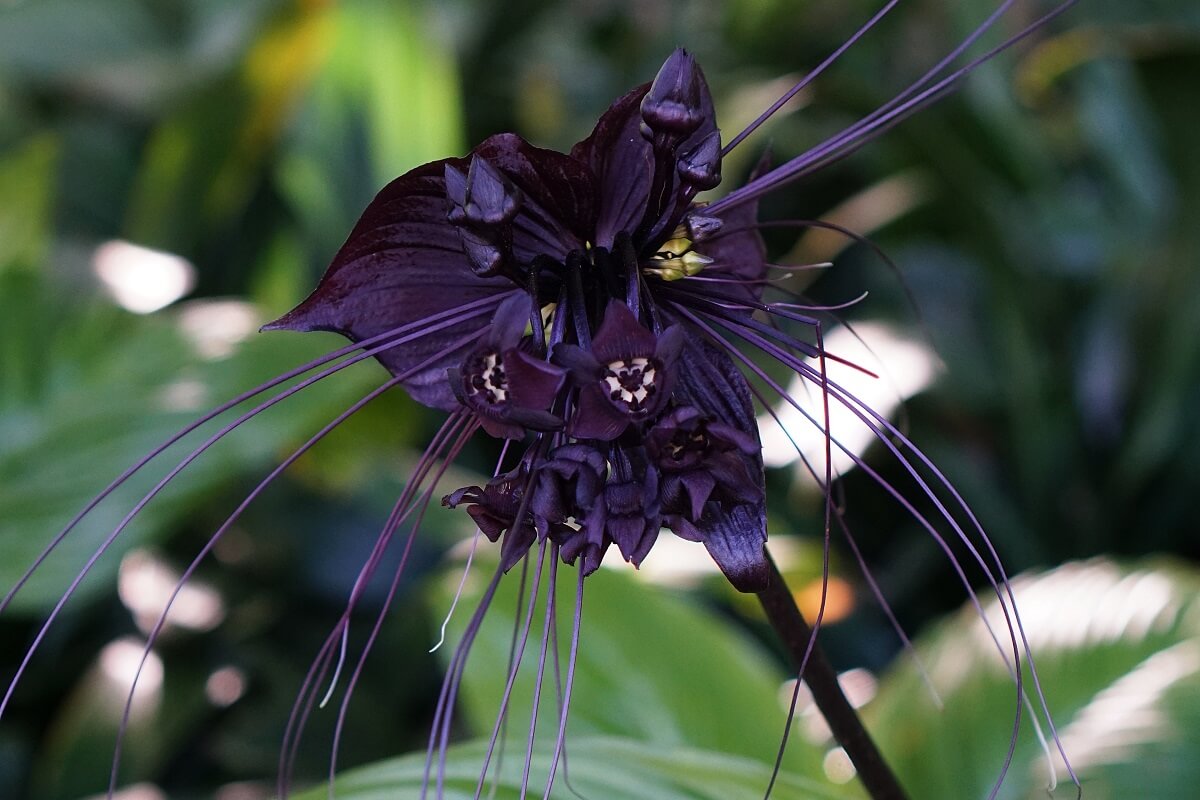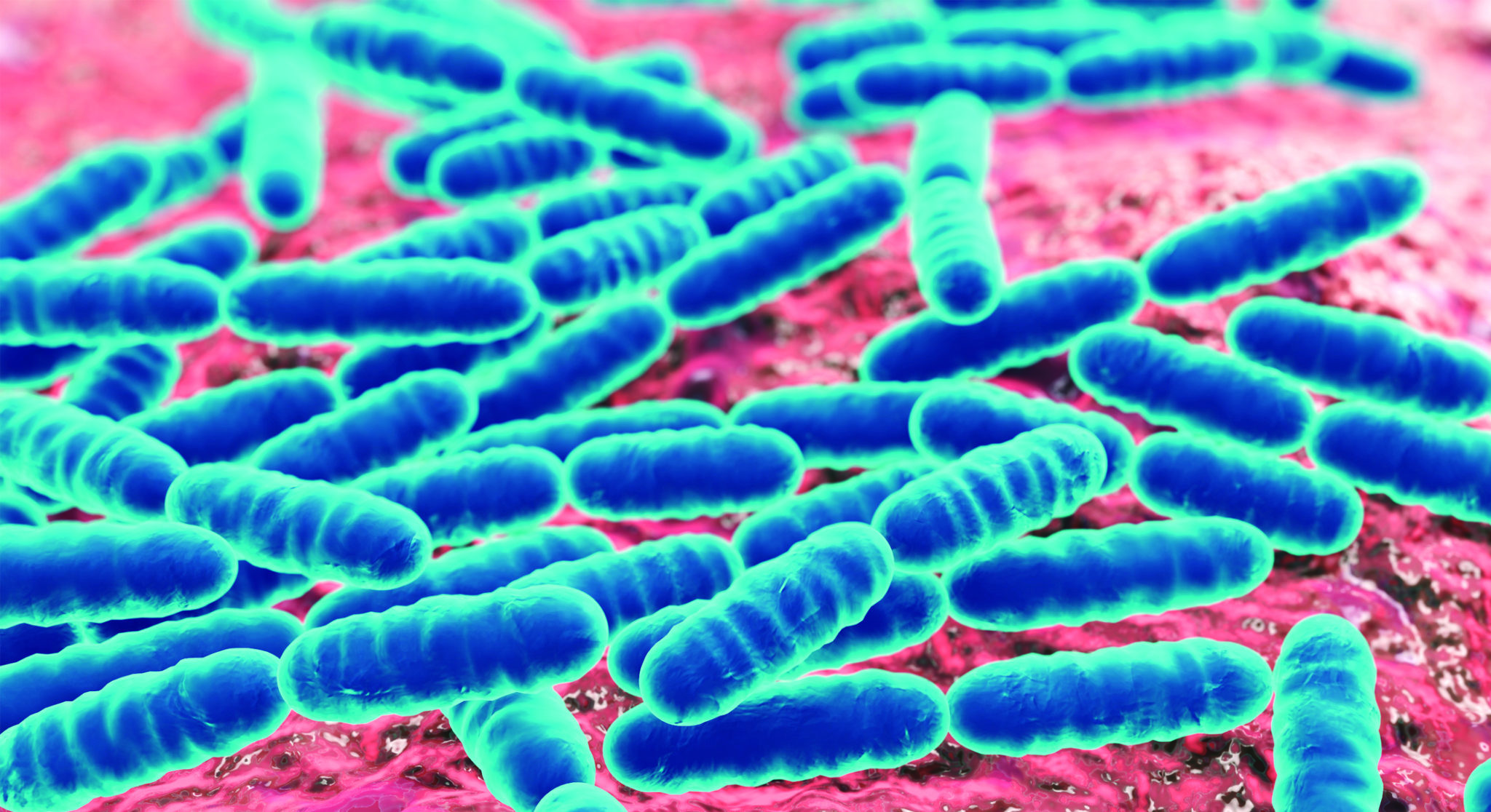Animalia
Blue Angel – Glaucus atlanticus
The Blue Angel belongs to Kingdom Animalia as it moves through water using its beautiful fins. It eats special types of jellyfish known as hydrozoans but in some circumstances it can be a cannibal and eat its own despite its angelic appearance.

Pink Fairy Armadillo – Chlamyphorus truncatus
The Pink Fairy Armadillo belongs to Kingdom Animalia as it can move on its own using its small legs underneath its pink body. The armadillo is also heterotrophic meaning that it must look for food such as ants for sustenance.

Plantae
Corpse Flower – Rafflesia arnoldii
The corpse flower is named aptly due to the foul stench of rotting flesh that it emits to attract food. It is a plant because it is autotrophic and can create its own food but also is heterotrophic, eating flies and other small insects that dare to come near. The flower can also be classified as vascular in its composition, bringing up water from its roots.

Bat Flower – Tacca chantrieri
The proclaimed bat flower is a jet black flower that protrudes large strands of growth from its center. The plant is autotrophic, creating its own food and is vascular in composition with normal growth like other typical flowers despite its morbid appearance.

Fungi
Blue Milk Mushroom – Lactarius indigo
The marvelous blue milk mushroom true to its name is a rich hue of deep blue, unlike any regular mushroom you would see. This special mushroom does share a similar trait with its less flashy family as it uses enzymes to break down decaying organisms in the ground, classifying into the fungi kingdom.

Golden Jelly Fungus – Tremella mesenterica
True to its name this other brightly colored fungus is glows as bright as the summer sun. Classified under the fungi kingdom this one of a kind fungus gives new name to the smelly connotations as it breaks down dead matter using enzymes.

Protista
Volvox – Chlorophyte volvox
This protista is as interesting as saying its name, a type of algae making it a Protista it is autotrophic creating its own food. Volvox belongs to the family Volvocaceae.

Vivax – Plasmodium vivax
One of the less favored in the kingdoms Vivax is a pathogen commonly distributed by malaria. Small and circular this Protista can be classified as one of the three main types of Protista.

Eubacteria
Yersinia Pestis
On the dark end of the Eubacteria scale, Yersinia Pestis is thought to be responsible for the devastating Black Death plague that swept through Europe. Classified as a Eubacteria as it is unicellular (made up of one cell) and can duplicate by splitting in half.

Lactobacillus
Converting sugars into lactic acids, these are the good guys on the bacteria scale. Responsible for cheese, dairy products, and yogurt they are used by humans all the time. They are unicellular and can also duplicate by splitting in half.

Archaebacteria
Crenarchaeota
Most abundant in extreme and wet conditions these Archaebacteria can survive in places that almost no other life can live or survive in.

Korarchaeota
These Archaebacteria can survive in extremely high temperature environments, places that almost no other life can live or survive in which makes them Archaebacteria.
